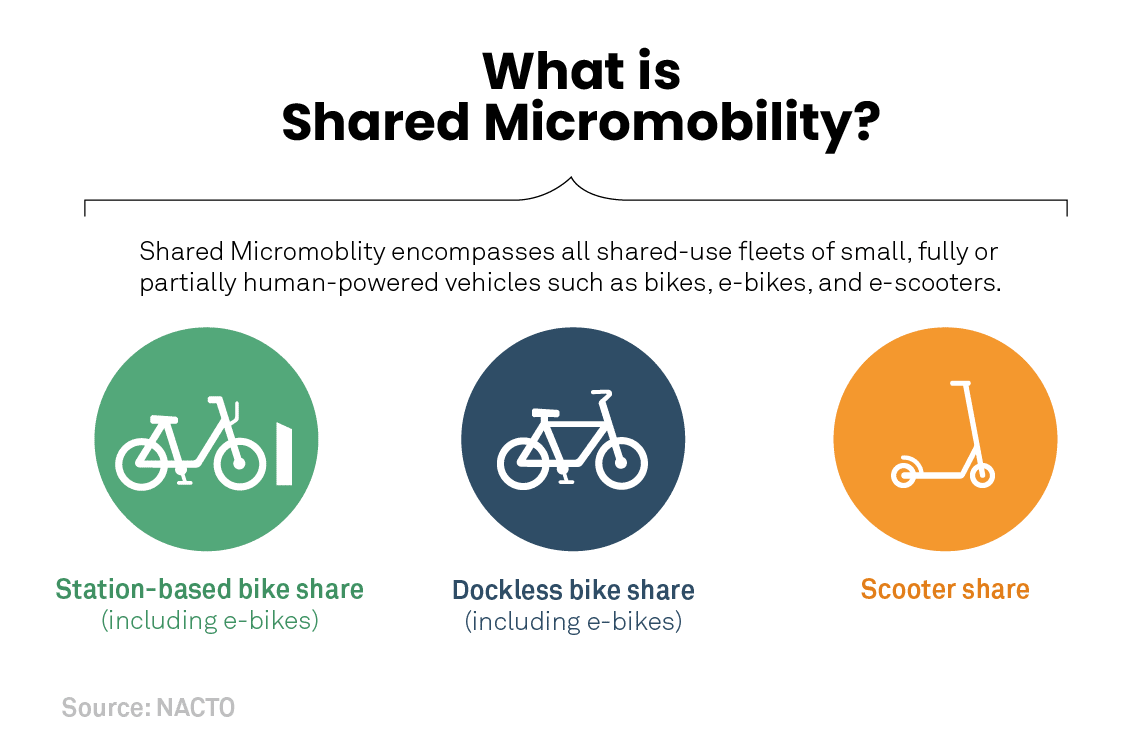A Newbie'S Resource On E-Bike Legalities And Laws In Your Area
A Newbie'S Resource On E-Bike Legalities And Laws In Your Area
Blog Article
Write-Up Produced By-Goldberg Salomonsen
Before you hop on your e-bike and struck the streets, it's vital to comprehend the laws and laws that control your city. From speed limits to marked riding areas, there's a lot to take into consideration to guarantee you're certified and safe. By familiarizing yourself with the regulations certain to e-bikes, you'll be much better equipped to enjoy your experiences without any unforeseen lawful problems. Keep tuned to uncover essential understandings that will aid you browse the e-bike landscape in your city perfectly.
Recognizing E-Bike Classification
When it involves browsing the world of e-bike regulations and policies, an essential beginning factor is recognizing the classification system that categorizes these electrical bikes. E-bikes are typically identified into 3 major categories: Course 1, Class 2, and Class 3.
Class 1 e-bikes are pedal-assist only, indicating they supply aid while the rider is pedaling and have a maximum speed of 20 mph. These bikes are allowed areas where standard bikes are allowed.
Class 2 e-bikes are geared up with a throttle that can drive the bike without pedaling. They likewise have a maximum speed of 20 mph and appropriate for cyclists who may need aid without pedaling constantly.
Class 3 e-bikes are similar to Class 1 yet with a higher maximum speed of 28 mph. These bikes are often limited from certain bike paths or tracks because of their higher rates.
Comprehending these classifications is vital for complying with neighborhood regulations and guaranteeing a risk-free and satisfying e-biking experience.
Navigating Rate Limitations and Limitations
To successfully browse e-bike laws and laws, it's critical to recognize the rate restrictions and limitations that relate to various classes of electric bicycles.
Suggested Studying for e-bikes vary depending on the category of the bike. Class 1 e-bikes, which are pedal-assist just and have a maximum speed of 20 mph, are typically enabled on bike lanes and paths.
Course 2 e-bikes, which have a throttle in addition to pedal-assist and additionally reach rates of up to 20 mph, may be restricted in specific locations where motorized vehicles aren't allowed.
Course 3 e-bikes, with pedal-assist as much as 28 miles per hour, are generally required to follow the exact same guidelines as standard bicycles.
It's important to abide by these rate limitations and restrictions to guarantee your safety and the security of others when traveling. Prior to riding your e-bike, familiarize on your own with the particular regulations in your city to stay clear of any type of potential penalties or lawful problems.
Where to Ride Your E-Bike
To establish where you can ride your e-bike, it's essential to be aware of the laws and guidelines certain to your place. In the majority of areas, e-bikes are usually enabled on roadways and roads where standard bicycles are permitted. This may consist of bike lanes, bike courses, and shared roadways. Nonetheless, it's critical to inspect regional regulations as some cities may have specific limitations on where e-bikes can be ridden.
When riding your e-bike, always prioritize security by following traffic regulations and appreciating pedestrian pathways. Furthermore, be mindful of any type of designated bike lanes or paths in your area and use them whenever feasible to ensure a smoother and more secure ride.
Some cities likewise have policies pertaining to e-bike usage on pathways, so make certain to acquaint on your own with these regulations to avoid any type of penalties or charges.
https://fat-tire-ebike53208.tokka-blog.com/32449644/discover-the-tricks-to-maintaining-your-electric-bike-in-top-form-for-several-years-to-find that you're familiar with the laws and regulations surrounding e-bikes in your city, you can with confidence hit the trail recognizing where you can ride and what constraints relate to your e-bike category. Remember to constantly focus on safety and follow the policies to ensure a smooth and lawful trip. Happy riding!
